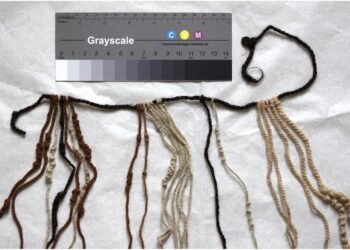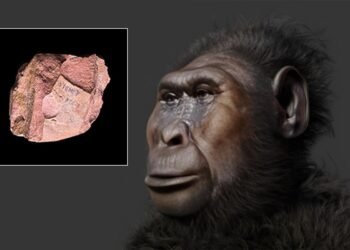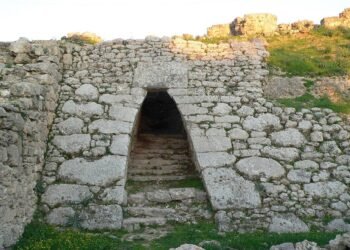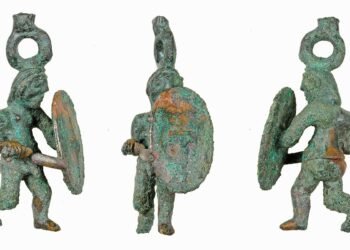After three years and more than 3,100 miles (5,000 kilometers) of sailing in a Viking replica vessel, archaeologist Greer Jarrett from Lund University in Sweden has authored a trailblazing report on Viking seafaring. His work, published in the Journal of Archaeological Method and Theory, suggests that the Viking trade routes were more extensive, decentralized, and offshore than previously believed.

Jarrett’s journey took him from Trondheim in central Norway to the Arctic Circle and back, through the same waters that Viking sailors sailed a thousand years earlier. He conducted his research on a faering, a small square-rigged, clinker-built vessel modeled after Viking Age boats in the Åfjord tradition. His goal: to discover not just where the Vikings went, but how they got there.
“A lot of the time, we only know about the starting and ending points of the trade that took place during the Viking Age,” Jarrett said in a statement. “My hypothesis is that this decentralized network of ports, located on small islands and peninsulas, was central to making trade efficient during the Viking Age.”
The evidence Jarrett has gathered supports the idea. Blending direct experience and digital modeling of ancient coastlines, he identified four hitherto unknown harbors—what he calls “havens”—along the Norwegian coastline. These locations, more distant out at sea than traditional ports, would have served as crucial maritime meeting points for sailors passing between larger centers of trade like Ribe, Bergen, and Dublin.

“Shallow bays are not an issue because of the shallow draft of the boats. Getting far up the narrow fjords, however, is tricky. They are difficult to sail upwind with a square rig, and the boats are sensitive to katabatic winds,” Jarrett explained.
To find out more about ancient navigation, Jarrett consulted with modern Norwegian fishermen and sailors, particularly those familiar with 19th- and early 20th-century maritime trade routes prior to the use of engines. Through these interviews, he managed to reconstruct likely Viking routes, which were not compass- or map-guided but guided by “mental maps” and oral tradition.
Jarrett noted that the Vikings used stories to navigate. “Examples include Viking stories about the islands of Torghatten, Hestmona, and Skrova off the Norwegian coast. The stories serve to remind sailors of the dangers surrounding these places, or of their importance as navigation marks,” he explained.

Though the four sites Jarrett identified remain to be excavated, he believes that upcoming archaeological work will uncover evidence of Viking activity—whether it be jetties, ballast stones, cooking pits, or shelters. These would confirm the status of the harbors as essential links in Viking trade networks.
Jarrett’s travels were not without drama. On one leg, the yard supporting the mainsail snapped 25 kilometers out at sea. “We had to lash two oars together to hold the sail, and hope that it would hold,” he recalled. “We made it back to the harbor safely, but then we had to spend several days repairing the boat before we could sail again.”
Aside from presenting a new map of Viking maritime mobility, Jarrett’s work resists entrenched academic biases. He argues that much Viking seafaring has been interpreted through “mainland myopia,” too heavily derived from land-based textual sources and inattentive to the lived experience of life at sea. By employing experimental archaeology and digital modeling, Jarrett hopes to shift perspectives toward a more maritime-centered understanding of the Viking world.
“It is hoped that the methods presented here may be applicable to other areas of the Viking world where research into seafaring itineraries is also ongoing, such as the Scottish Northern Isles and the west coast of Greenland,” Jarrett wrote in his paper.
As his study shows, the Vikings were not merely raiders or settlers—they were skilled navigators who knew how to read the sea, the land, and each other. And thanks to Jarrett’s voyages, we now have a clearer picture of how they built and sustained a maritime empire.
More information: Lund University
Publication: Jarrett, G. (2025). From the Masthead to the Map: an Experimental and Digital Approach to Viking Age Seafaring Itineraries. J Archaeol Method Theory 32, 42. doi:10.1007/s10816-025-09708-6
























Comments 0